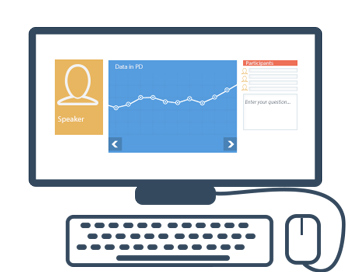
If you missed our webinar, “What is Data-Driven Professional Development and Why Does It Work”, you can watch the full recording here. Rebecca Berlin, Scott Siegfried, and Padma Rajan covered how they use data to improve child outcomes.
Collecting data isn’t enough

It’s (relatively) easy to collect observation and assessment data. But data isn’t enough. You have to learn what data is fundamental for improvement, and how to create meaningful reports around that data.
Take the work Scott Siegfried is doing with Miami Valley Child Development Centers (MVCDC), for example. He's collected data on child assessment, mentoring programs, and even an end-of-the-year opportunity for staff to reflect on the PD process. By knowing what data is most important for reaching their goals, MVCDC has kept an eye on trends and targets, as well as created new outlets for professional development.
Coaching with data is essential
We all know that when coaches can leverage data, professional development works better.
In Duval County, Florida, Padma Rajan knows that what gets measured gets improved. CLASS-reliable coaches used observation data as a part of their mentoring process, and in turn, Instructional Support scores went from an average of 2.00 to 2.38.
Data empowers teachers and coaches
With data in hand, coaches can create individualized PD plans; teachers can more easily reflect on their strengths and weaknesses to make informed changes; and administrators can have visibility across what is taking place in their organizations and lead more effectively.

